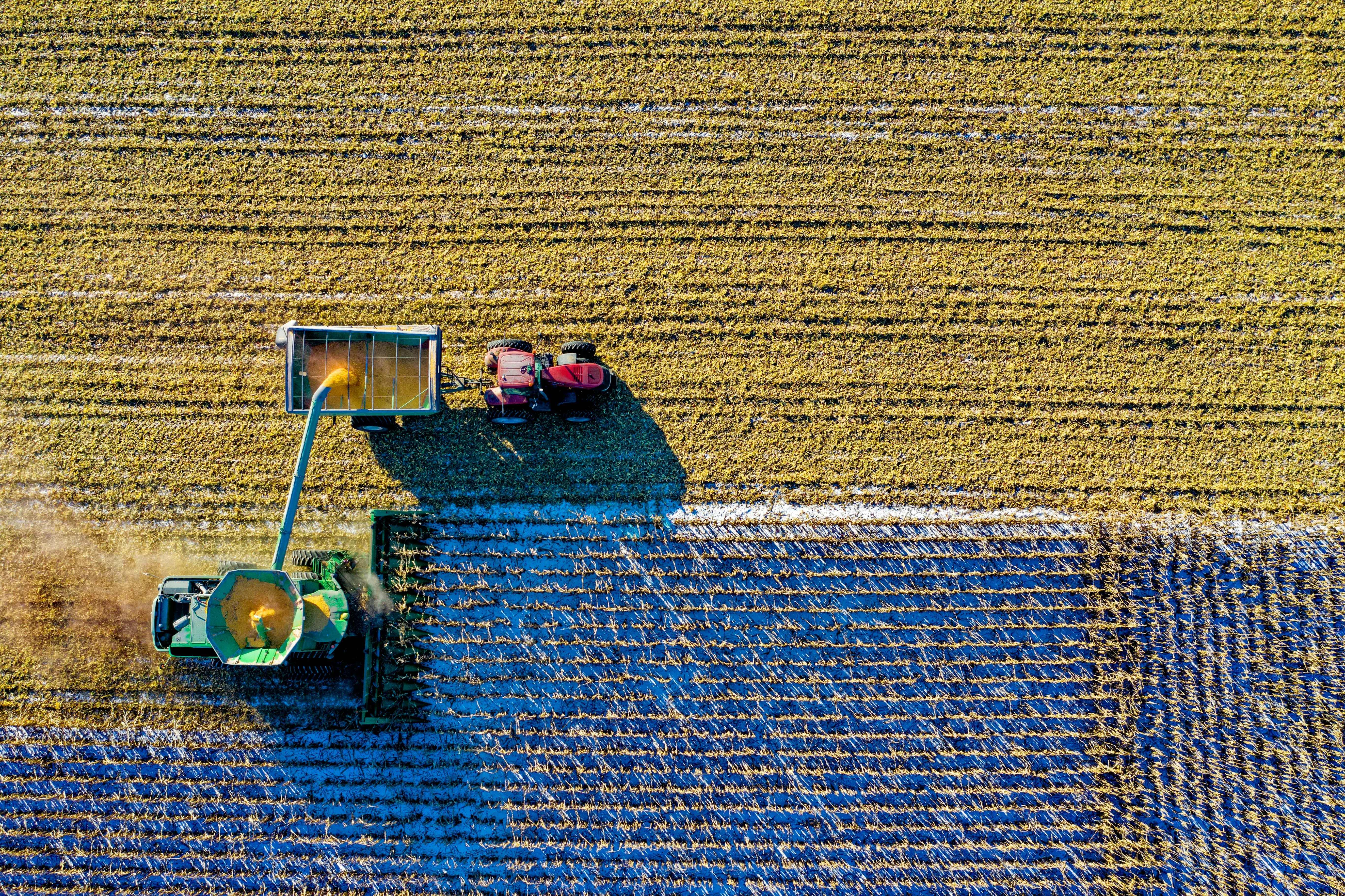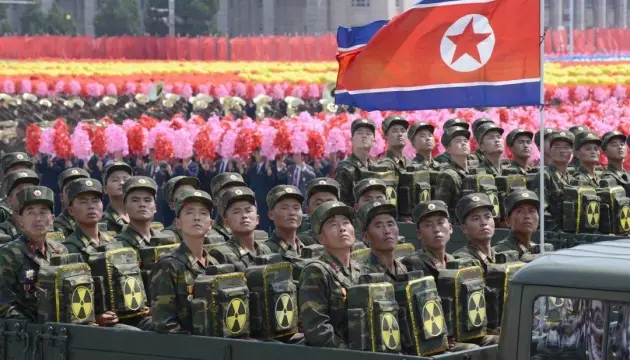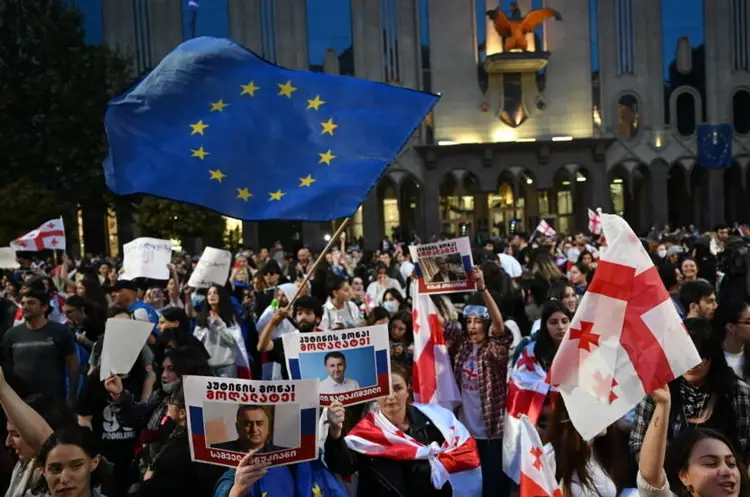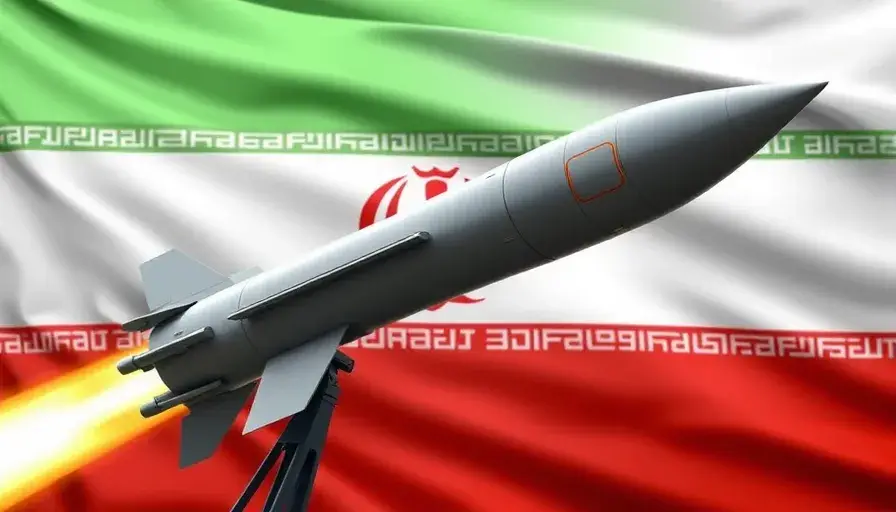Protests of Polish farmers on the border with Ukraine showed the inability of European farmers to compete in the free market

For a long time, farmers' protests have been going on throughout the EU, with Polish protesters being the most active
Farmers from the Czech Republic, Slovakia, Poland, and other EU countries have organized protests along the Czech border, leading to the blocking of some checkpoints. They are demanding a reduction in bureaucracy and changes in European Union policy. This year, farmers across Europe, including Poland, France, Germany, Spain, and Italy, have stepped up protests to express dissatisfaction with low prices and high costs, cheap imports, and restrictions related to the EU's Green Deal climate change initiative.
The Czech Chamber of Agriculture reported that about 3,000 tractors are participating in protests across the Czech Republic. In addition, today farmers from Hungary, Germany, Poland, Lithuania and Latvia joined the protests along with their Czech and Slovak colleagues.
The most tense situation has been observed on the Ukrainian-Polish border, where Polish farmers have resumed protesting at six checkpoints. As of the morning, about 2400 trucks were stuck at the blocked checkpoints.
Farmers attribute their behavior to excessive regulation of the agricultural sector that diminishes competitiveness.
Since the conclusion of the Treaty of Rome establishing the European Economic Community in 1957, the Common Agricultural Policy (CAP) policy has been deployed, although the direct provision of agricultural competitiveness was not separately identified among the CAP objectives (according to the Treaty of Rome, Art. 39), the CAP's defined objectives of supporting scientific and technological progress and optimal use of production factors, increasing farmers' incomes and stabilizing markets directly contributed to its strengthening. The main CAP mechanisms that contributed to the competitiveness of EU agriculture in the period from 1962 to 2013 included price support, export subsidies and import restrictions, as well as direct support for farmers' incomes.
The three-tiered system of price support included target (indicative) prices, intervention prices (guaranteed, basic, minimum) and threshold prices (entry prices for calculating floating import tariffs). Various measures were taken to stabilize agricultural markets, such as production quotas, crop area restrictions, commodity interventions, storage support schemes, and a ban on supplying the market during peak periods. Exporters of agricultural products were compensated for the difference between intervention or market prices (if the latter exceeded intervention prices) and world prices.
The CAP programs from the 1960s to the 1990s provided a set of measures to support farmers' prices and incomes, supply and marketing of agricultural products, and the quality of inputs, but at the same time significantly increased market prices and covered a wide range of agricultural products and large volumes of production. Farm support was higher than the average in other OECD countries and was distributed unevenly across regions and across different types of products, requiring significant budgetary expenditures. The administration of support payments involved control over many parameters of farm operations.
This policy, while having a positive effect, also imposed an implicit regressive tax on agricultural consumers in the form of high prices. Therefore, when russia's full-scale invasion of Ukraine began, the latter was forced to change the markets for its agricultural products due to the security situation in the Black Sea, and as a result, a lot of cheaper, but no less high-quality agricultural products entered the EU market.













